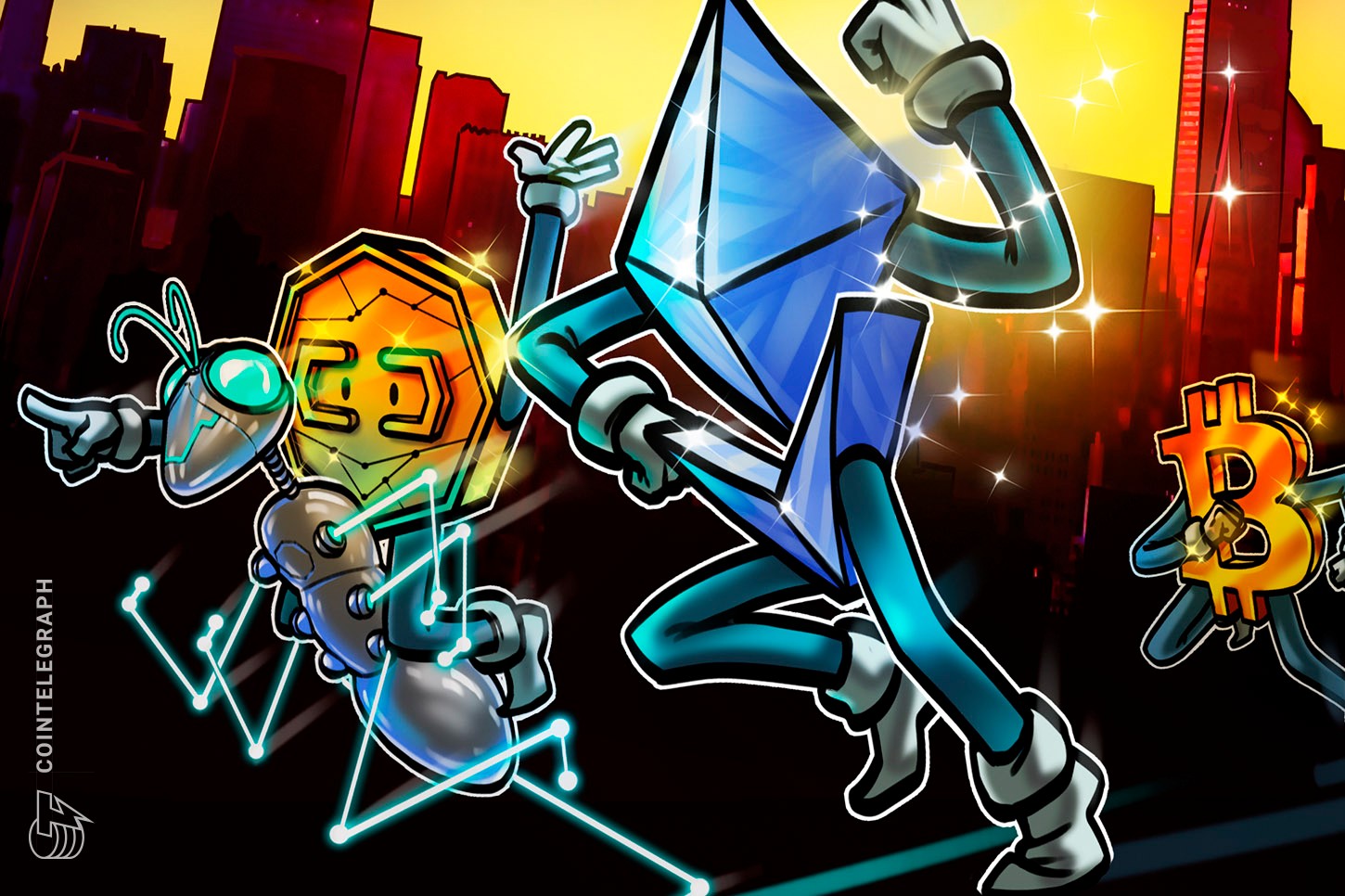When the decentralized finance sector exploded in summer 2020, it was an eye-opening moment that showed crypto’s actual capabilities to revolutionize finance. However, the boom also exposed a lot of vulnerabilities of the Ethereum network, which most DeFi projects are built upon. The most serious ones included high gas costs and low scalability.
A bull cycle has kicked in since then, lifting Ether’s (ETH) value to a new all-time high — and now the above-mentioned problems are even more persistent. People are forced to pay as much as $60 to $100 to complete a single trade on Uniswap, while numerous DeFi projects are struggling to facilitate their transactions on the Ethereum chain in time, failing their users as a result. An unending cycle of bullish news doesn’t help, as it unintentionally distracts the community from those problems. It has been two days, and your transaction is still pending? But look at the charts: Ether price has been exploding, and one of the institutional funds has announced it is buying X million Bitcoin (BTC)!
Related: Ethereum will become the main asset for investors in 2021
The long-awaited Ethereum 2.0 transition, which aims to address scalability and gas fees, has begun, but Phase 1.5, which merges the Ethereum 1.0 and Ethereum 2.0 blockchains, won’t arrive for another 12 to 18 months at the earliest. Are we really ready to keep paying a few tens of dollars to send a single transaction?
Related: The Ethereum 2.0 factor: Changing the way DeFi projects operate
Luckily, the potential fix has already arrived. Layer-two solutions, which started to gain traction around crypto winter, serve to address both the issues at hand: They reduce gas fees and scale the Ethereum network by moving most transactions to sidechains. There are quite a few companies that have been working on such solutions, including Aztec, Offchain Labs, Matter Labs and others.
There are also projects like Polkadot, which uses a sharded multichain network that can process many transactions on smaller chains in parallel — which is why they are called “parachains” — instead of processing them one-by-one like legacy blockchains.
Similarly, Polkadot’s DOT token has been experiencing an unprecedented rally on the back of the rising gas fees, beating XRP and moving up to become the fourth-largest cryptocurrency. In its 2021 prediction, Maple Leaf Capital — a team of researchers focused on Web 3.0 speculation and building — anticipated that Polkadot could jumpstart infrastructure and application improvements.
As a result of the massive adoption of layer-two solutions, a lot of space will be created for the cryptocurrency industry — and we will heave a sigh of relief and get back to savoring the good news about cryptocurrency’s market capitalization, Bitcoin’s value and institutional adoption.
This article does not contain investment advice or recommendations. Every investment and trading move involves risk, and readers should conduct their own research when making a decision.
The views, thoughts and opinions expressed here are the author’s alone and do not necessarily reflect or represent the views and opinions of Cointelegraph.


